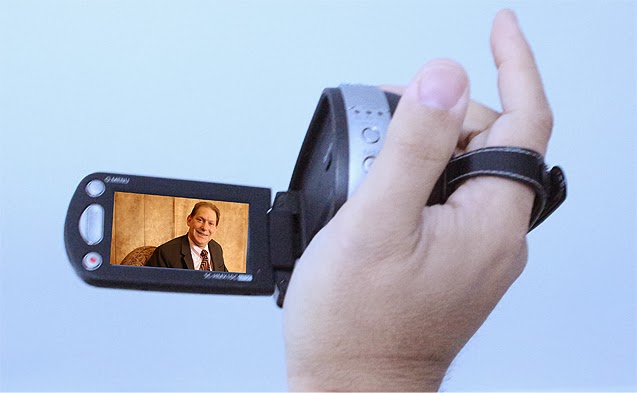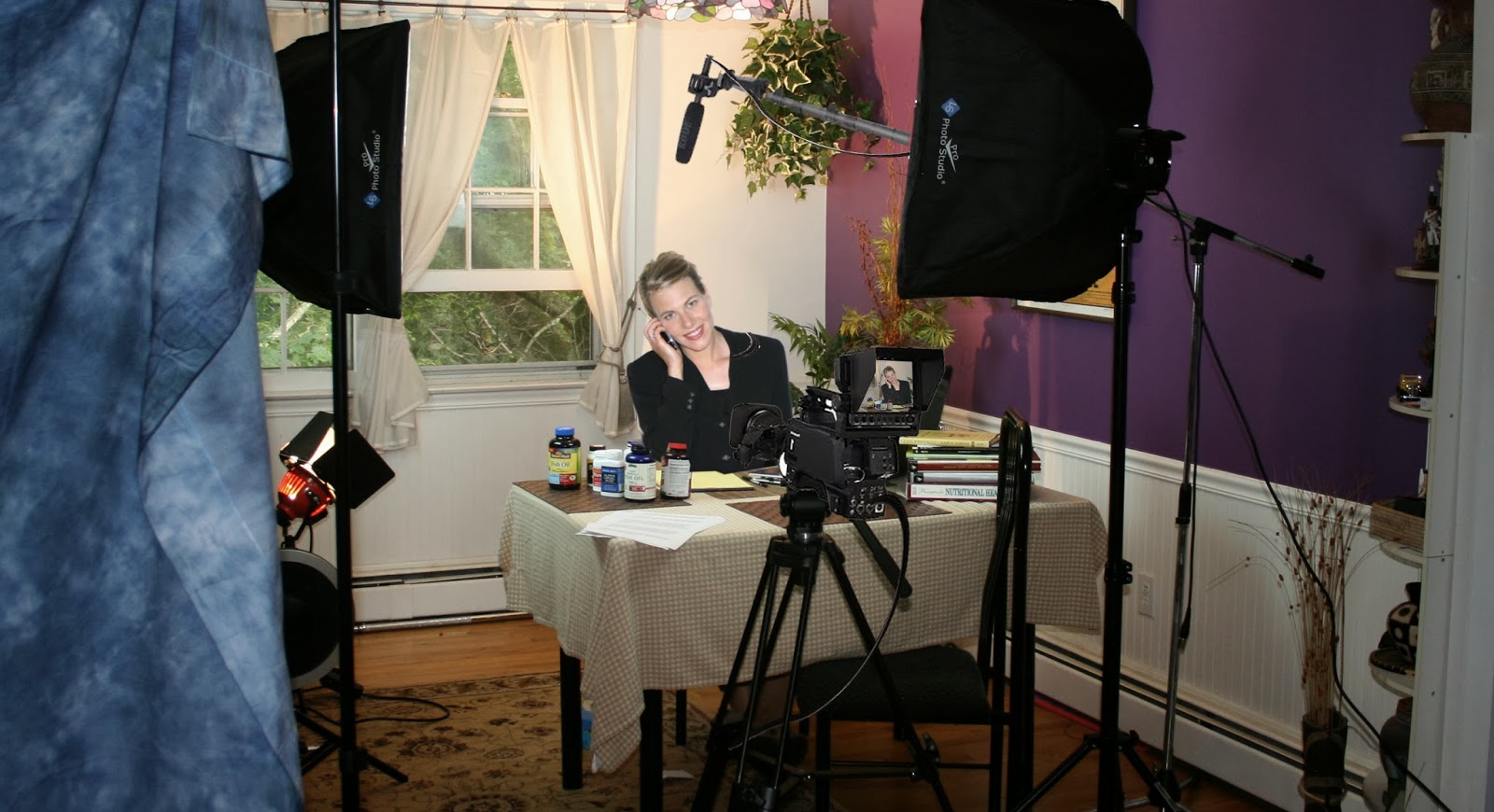GEEK TALK: GOING YOUTUBE FOR MARKETING
(PART 1)
It is no surprise that just a few years have gone by and
YouTube has become the world's #2 search engine in the world, second only to Google (the parent company). The market capture
and the impact of a YouTube video and its advertising response outranks that of
any banner ad, a highway billboard and even a broadcast commercial exponentially. YouTube ranks viewership of over 1 billion
users per month and over 100 hours of video are uploaded each minute- all
speaking to the modern audience whose daily lives are (now) commonly connected
to their tablets, smart phones and laptops over a desktop or television.
Where HOW TO videos have become the new trend of learning
anything and HOME-MADE productions have created today's rock stars like Justin
Bieber and Lady Gaga- there's no end in sight for video podcasting. If you miss the president's state of the union address or how to tune up a lawnmower, you can watch it online anywhere and anytime- at your convenience. It's free to publish, it's accessible
globally and it's easy. YouTube is today's way of communication.
QUALITY VIDEO PRODUCTION VS. DYI
 Let's face it, we all know that it takes next to no effort
at all to publish a video online. It's
the most popular presentation platform on the internet and EVERYONE's doing
it. You can shoot it from a camera that
costs several hundred dollars- or you can even your cell phone!
Let's face it, we all know that it takes next to no effort
at all to publish a video online. It's
the most popular presentation platform on the internet and EVERYONE's doing
it. You can shoot it from a camera that
costs several hundred dollars- or you can even your cell phone!
For the average YouTube publisher looking to post something
funny or personal, amateur footage will do just fine. But for those who are
using video for business presentations, the point-and-shoot do-it-yourself
method becomes a major liability when it comes to capturing your audience or
earning credibility.
FIRST IMPRESSION FROM QUALITY PRODUCTION
 It's difficult to take you seriously when they can't hear
you OR see you all that well. Engaging
the public online has enough obstacles like the size of one's LCD screen or the
speakers they use etc. which is why you want to produce your video with the
best possible image and sound quality for publishing.
It's difficult to take you seriously when they can't hear
you OR see you all that well. Engaging
the public online has enough obstacles like the size of one's LCD screen or the
speakers they use etc. which is why you want to produce your video with the
best possible image and sound quality for publishing.
Ok- with that said, am I asking you to hire a major Hollywood crew? Absolutely not. But if you are planning on putting your video
on your business website- or if you intend on having your site passed around by
your clients, you have to give your video the respect YOU deserve and a
professional.
So: HERE ARE THE POINTS we need to cover today.
1) PROPER CAMERA EQUIPMENT
2) LIGHTING
3) SOUND AND AUDIO
4) EDITING AND POST-PRODUCTION
5) THE SHOOT
6) DIRECTING THE TALENT OR INTERVIEW
When it comes to equipment, there's no short-cuts to
quality. Where
cameras are concerned, the market ranges from consumer to professional
grades. The great news is that within
the past 25 years, the evolution of digital video has advanced camera quality
to resounding proportions while prices have dropped to a small fraction of what
they used to be.
These days, most if not all cameras are labeled HD (High
Definition) - but be aware that HD alone does not guarantee top quality imagery
(only speed options). There's ULTRA-HD
(720), true HDTV and 1080p. On the
consumer HD level, you'll usually find the 720p as standard HD but in low light
or indoor situations, image quality is mediocre at best usually due to a small
lens and a weak image sensor.
If you are not satisfied with the image quality of your low
end consumer HD' camera, all is not completely lost. There's a lot you can do
during production to enhance your image such as LIGHTING and COMPOSING YOUR
SET. (tbc)
THE BIG LENS THEORY
One major factor in image-making is the size and quality of
the lens. The larger the lens, the wider
the range of possibilities you are able to work with as far as aperture,
sharpness, chromatic quality, speed and image output. A large lens usually works with better
low-light SENSORS (tbc).
THE TRIPOD
Having a steady camera makes a big difference to the viewer. Most indoor situations require little head
movement where an inexpensive photo tripod will do ($35-$50). However if you intend on having more use out
of your tripod (event coverage, outdoor shoots), you may explore a larger issue
with a fluid head (usually around $100-200)
LIGHTING
Rule #1: without light, there is no image.
Use proper lighting equipment to film an interview. End of Part 1




No comments:
Post a Comment